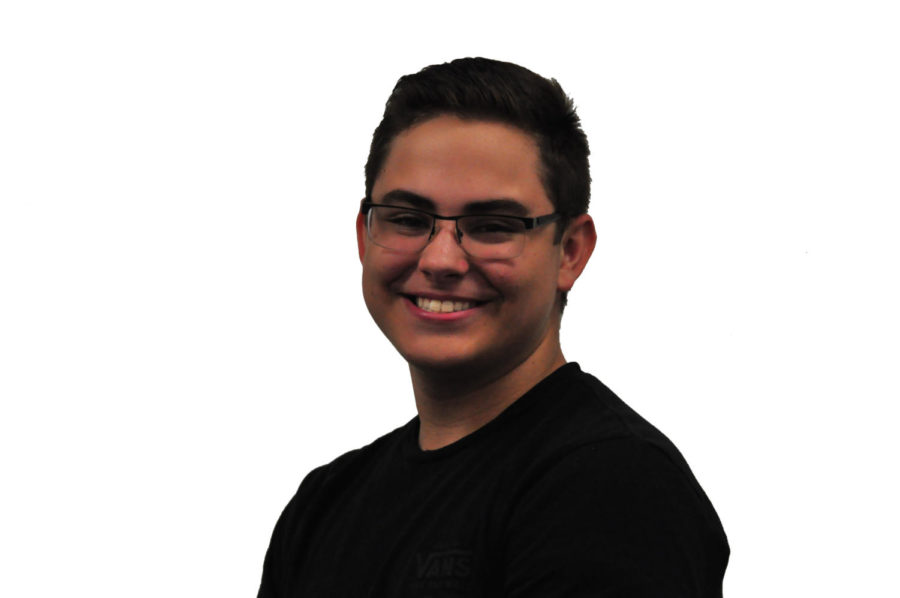Point: A New Era in Sexual Education
December 13, 2019
Over the years, children have dreaded the mandatory sexual education course at the end of the year. Arguably, there is nothing as awkward than being packed into a classroom with all of your friends and being taught the birds and the bees. But it is not the badly produced videos, the unsettling diagrams, its either walking back into the room with your female classmates or walking in the door and telling your parents. I make it sound like some sort of great ordeal, but there really is nothing like sitting down at the dinner table and have the second round with your parents/guardians.
I am not going to argue that sexual education is not a key moment in a child’s education. The United Nations Educational, Scientific and Cultural Organization website states, “When delivered well, CSE (Comprehensive Sexual Education) responds to this demand, empowering young people to make informed decisions about relationships and sexuality and navigate a world where gender-based violence, gender inequality… pose serious risks to their health and well-being.” It is a very important part of development. But doing it in an environment that will contaminate that learning may cause education to be corrupted and hurt the child’s understanding of the topic. The schoolyard is hardly a sterile and contained learning environment, and by providing the same, outdated material to parents, allows children to open up with their parents over what some say are sensitive topics, providing them with a deeper understanding of important topics like unplanned pregnancies or STDs.
Keeping with this theme, parents may have an easier time relating to their children than teachers, and therefore may be able to open their eyes to the awkward topics of sexual education. This also gives the parent a direct hand in their child’s education, a relatively modern desire, compared to the old style of ruler-on-hand teaching. The biggest problem of course is the parent’s willingness to teach, or their inability to do so, some parents work around the clock or physically unable to do so.
A compromise could be achieved by some sort of after school program. Afterschool Alliance, an organization that advocates for an extension of learning to after school, says that for every one child in after school care, two more can’t because there isn’t a program available, opening new programs up to children may cover the base of parental inability. Filling this need is an important part in implementing the “at home learning” style, and the district has successfully used out-of-school-education methods before, a good example would be the COA platform, so this should not concern opponents of this program. The new method of teaching this program, like most new things, will have kinks to iron out, that’s just the nature of things, but with the resources the district has, the risk is minimal.

